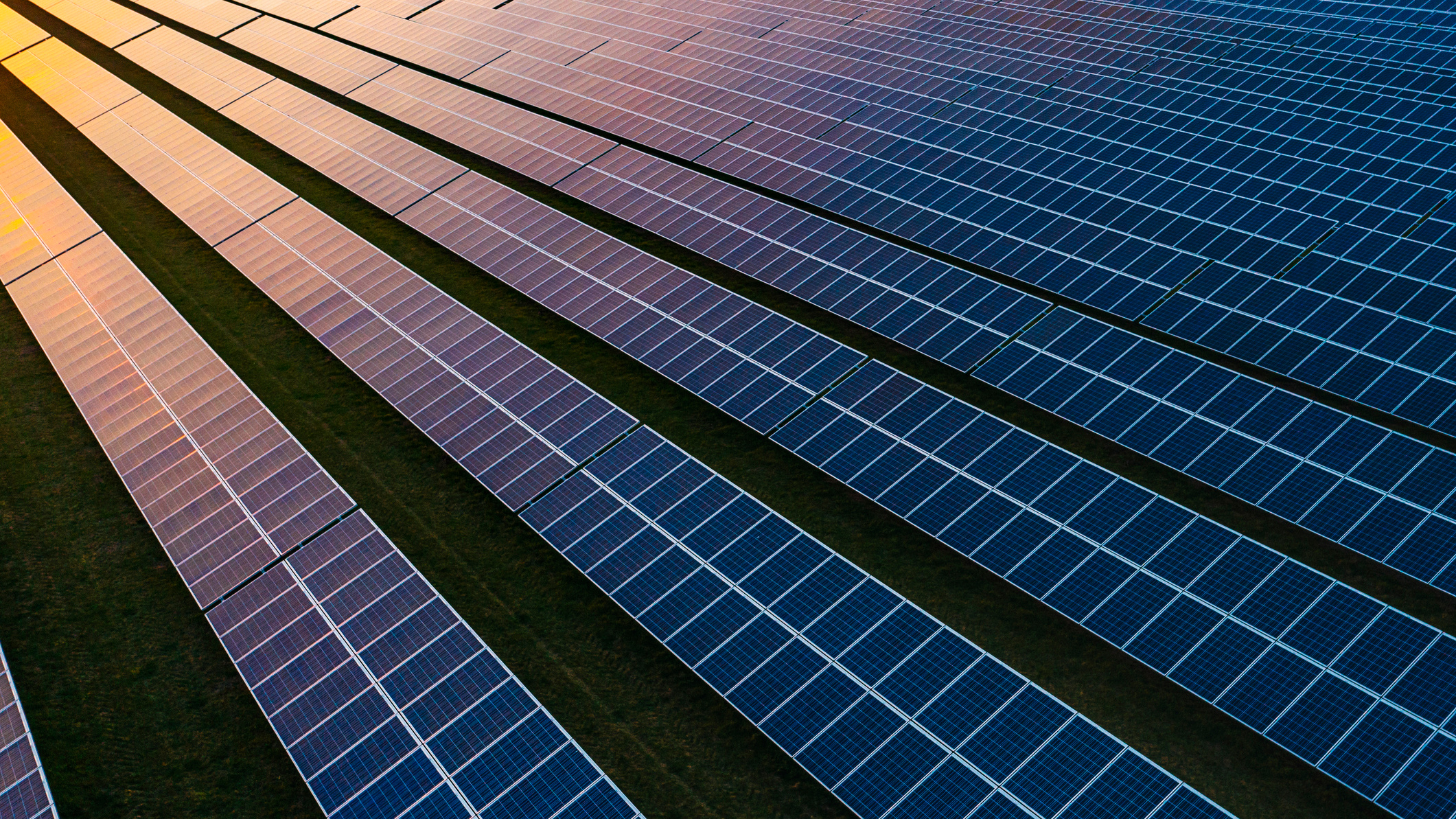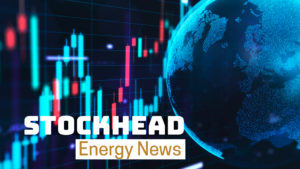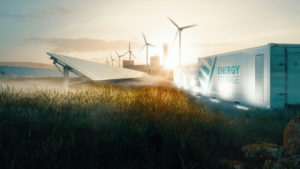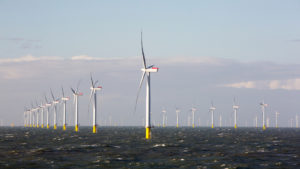Green Energy: Spark announces giant green energy hub as it receives $5b takeover bid

Pic: Via Getty Images
Takeover target Spark proposes giant NSW green energy hub
Energy infrastructure operator Spark Infrastructure (ASX:SKI) has announced a double whammy this morning, revealing a $5 billion international bid for its business and plans for a monster 2.5GW wind, solar and battery storage hub to feed the New South Wales grid.
Transmission and distribution network owner Spark owns 15% of NSW’s Transgrid and 49% of Victoria Power and SA Power Networks.
It also has a small and growing renewable generation arm including the 100MW Bomen solar farm.
Spark revealed today it knocked back a cash bid from Kohlberg Kravis Roberts and the Ontario Teachers pension fund at $2.70 a share in early July which it considered undervalued.
The bidders then lobbed a new $2.80 cash offer in, still undervalued according to Spark, but enough to give KKR and Ontario Teachers access to “limited information on Spark Infrastructure and its prospects.”
“The Board notes that there is no certainty that the engagement between Spark Infrastructure and the Consortium will result in a further revised proposal from the Consortium,” Spark said in a statement.
“To the extent any further distribution is paid or declared prior to implementation of any proposed transaction, the implied consideration under the Revised Proposal would be further reduced for this amount.”
SKI shares skyrocketed by 7.1% as of 11.30 AEST this morning.
Meanwhile it has unveiled plans for the gargantuan wind, solar and battery storage Dinawan Energy Hub in southern NSW, on the route for the interconnector between Wagga Wagga and Robertstown in South Australia.
Designed to offset the impact of coal station closures in NSW, it would provide enough electricity to power more than 1 million homes and offset some 5Mt of CO2 emissions a year.
“The proposed Dinawan Energy Hub is an exciting new project that will accelerate the development of new renewable generation in the South-West REZ through the establishment of this large, cornerstone project,” SKI MD Rick Francis said.
“It will unlock significant renewable generation capacity consisting of wind, solar and battery energy storage across NSW in the coming years, providing resource diversity to renewable generation planned in the other REZs.”
“This proposed major new renewable project further underpins the need for new and expanded high-voltage transmission links within NSW and to Sydney which are crucial as the energy transition continues to accelerate in our quest for a sustainable energy future for Australia.”
Delivered in stages, the first stage of the project would begin construction in 2024, with operations to commence a year later.
Spark Infrastructure share price today:
$100 billion energy hub can help green transport sector: expert
The proposed scale of the Western Green Energy Hub from InterContinental Energy, CWP Renewables and a traditional owner group from the Mirning People in Southern WA seems almost otherworldly with its headline figure of $100 billion.
That is roughly double the amount proposed for a similarly composed consortium’s bid to build a green hydrogen hub, which was ironically knocked back by the Feds on enviro grounds last month.
It is a sprawling behemoth of wind and solar across a development envelope of 15,000km2.
Sustainability expert Peter Newman of Perth’s Curtin University, who is literally writing the chapter on transport for the IPCC, is bullish though that green hydrogen, a relatively untested concept at the scales suggested, may be achievable by the end of the decade.
He says the problem of supplying green power into cities has largely been solved with the cheap rates now afforded for solar and wind energy, as well as the growth of electric vehicle consumption.
It is now about finding a “plug-in fuel” for long haul transport like trains, ships and planes, which Newman said green hydrogen and ammonia could satisfy.
Europe’s largest electrolyser, owned by a consortium led by Shell, recently opened with a production rate of around 1300tpa. But Newman said the scale up of renewable sources hydrogen and ammonia could be just as fast as renewables like solar and wind were.
“That will be seen as a baby fairly quickly,” he said. “Eight years, nine years is a long time in history when you look back at how quickly solar energy has emerged.
“It’s nine years since we did our last report in the IPCC and we did not predict that solar energy would take over as the cheapest form of power.
“We were still talking about gas as a transition fuel – natural gas. Hydrogen was a bit of science fiction.
“The International Energy Agency for example were very late in recognising the growth of solar but are now saying we do not need any further investment in fossil fuels.
“That is an extraordinary transition, that’s just three or four years since they were producing futures that had very little solar in them, so nine years’ time I reckon we’d easily make that kind of output.”
Newman said the project could deliver downstream economic opportunities as well in WA like green mineral refining and green ammonia production for agriculture.
An FID is not due until 2028, so the proponents have a long time to demonstrate whether they can deliver a project of the scale suggested in early marketing materials.
“It is possible for entrepreneurs to enter this world and I welcome any bid that is trying to see how to make money that can incorporate all the components we’ve been through,” Newman said.
“What I don’t want to say though is there’s some sort of guarantee likely to make this happen.
“No government will back them and say we’ll take all the risk you just have to throw your ideas around.
“They’ll have to find good financial backing and those financiers will do their … due diligence.”
Related Topics

UNLOCK INSIGHTS
Discover the untold stories of emerging ASX stocks.
Daily news and expert analysis, it's free to subscribe.
By proceeding, you confirm you understand that we handle personal information in accordance with our Privacy Policy.








